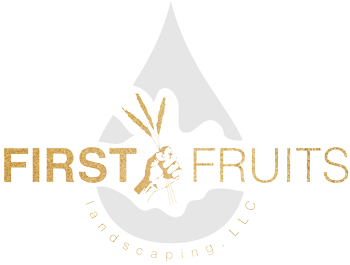As more homeowners are becoming conscious about water conservation, it only makes sense that people are considering a more drought-tolerant landscape. These hardy plants are best known for their ability to thrive in harsh conditions, requiring minimal water to flourish. Against popular belief, not all drought-tolerant plants are “ugly” but many boast stunning flowers and can be a great option for ground cover. However, living in the PNW can pose many challenges for those seeking drought-tolerant landscaping, the main danger being overwatering due to rainfall.
Dangers of Overwatering Drought-Tolerant Plants
- Root Rot: Drought-tolerant plants have evolved to thrive with less water, which means their roots are adapted to dry conditions. Overwatering can lead to excess moisture in the root zone, creating an environment for root rot to take hold. Root rot is a fungal disease that damages the plant’s roots, inhibiting its ability to absorb essential nutrients and water. Once root rot sets in, it can be challenging to save the plant and, in most cases, results in the plant needing to be completely removed from your garden/yard.
- Reduced Plant Aesthetics: Overwatering can lead to lush, rapid growth in some drought-tolerant plants. While this might seem beneficial at first, it can result in leggy, weak stems and excessive foliage that looks untidy and out of place. The beauty of these landscapes often lies in the contrast between the hardiness of the plants and the minimalistic, natural appearance they create.
- Wasted Resources: One of the primary reasons for choosing drought-tolerant plants is to conserve water. Overwatering not only negates this objective but also wastes valuable resources. While in the PNW the water comes from rain in most instances, you aren’t “wasting” a recourse, however, by killing the plants you’ll end up spending more money on replacing your landscaping more frequently.
- Pest and Disease Vulnerability: Overwatered plants are more prone to certain pests and diseases, which thrive in damp conditions. While there are sprays you can use to help prevent pests, many believe that by over spraying for pests, you end up further compromising the eco-friendly principles of a drought-tolerant landscape.
The key to successfully maintaining a drought-tolerant landscape is to strike a balance between providing the plant with enough water to survive and preventing overwatering. To avoid the dangers of overwatering, consider the following tips:
- Invest in well-draining soil to prevent water from pooling around the roots.
- Use a drip irrigation system to provide controlled, deep watering during summer months.
- Monitor the weather and adjust your watering schedule accordingly.
- Allow the soil to dry out between watering sessions.
- Look into covering options during heavy rainfall.
If you’re interested in replacing parts of your lawn with drought-tolerant landscaping, or have any questions regarding your landscape design, please feel free to contact our office at any time and we’d love to assist you.

